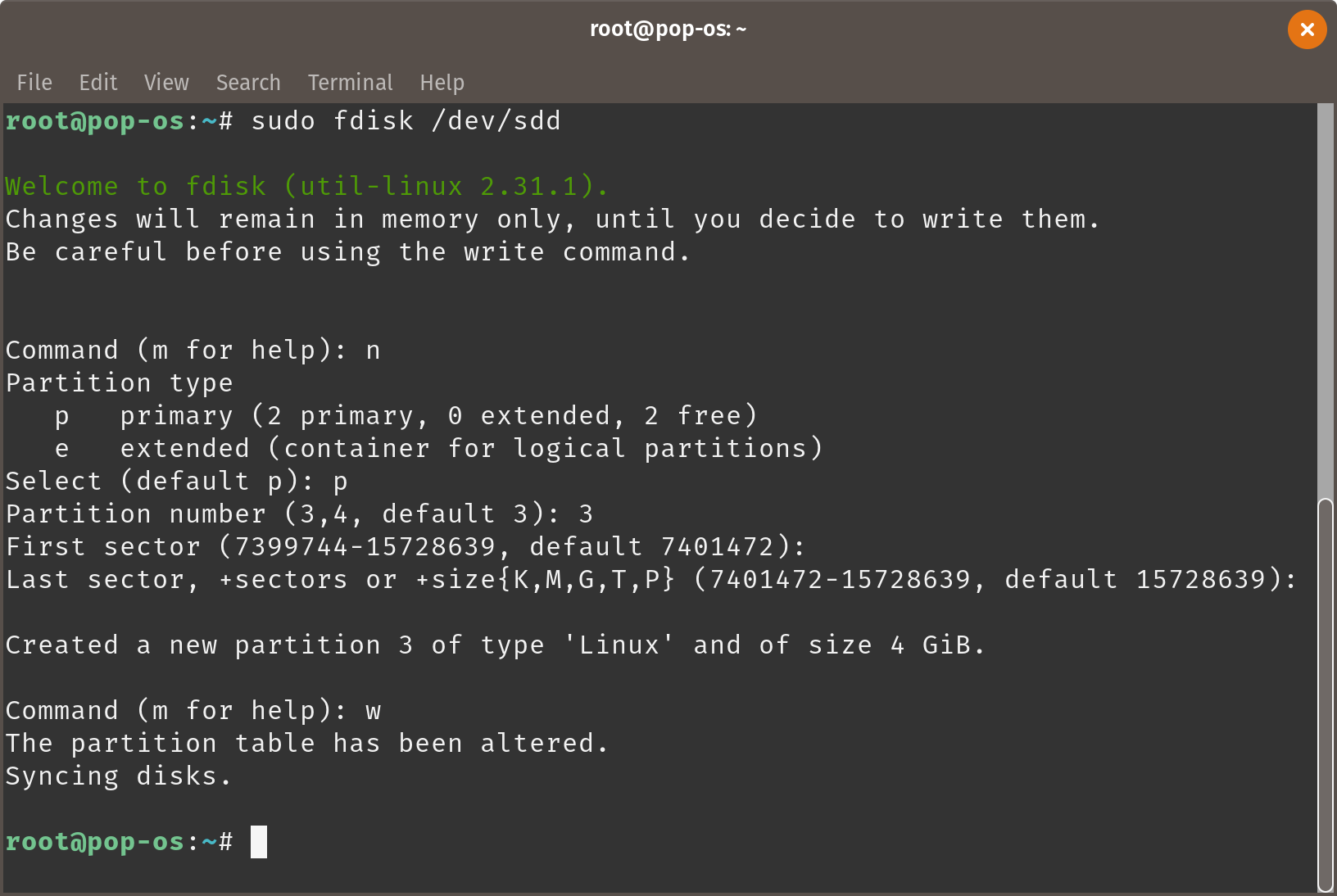
#PARROT OS PERSISTENCE PC#
Step 3: Restart your PC and boot from the Kali USB drive Click ok when you are done.Ĭlick Apply at the top left corner to apply all changes and create the persistence partition. You can adjust the slider to reduce the space of the partition or just leave it as is to use the whole unallocated block space. Set the Partition Label: persistence & File System: Ext4 (Linux file systems are Ext4). Right-click on the unallocated partition block, click create. Now we are going to create our persistence storage from the unallocated 28.7 GB partition. Disk 2 (29.81 GB) is my bootable USB drive. You’ll notice that I have 2 disks in the screenshot below. Launch MiniTool Partition Wizard and click Disk and Partition Management. Step 2: Create the persistence partition on the Kali Linux bootable USB So make sure it’s the drive you want that is selected and also make a backup of it if you have to. Warning: Be aware that once you click Flash, the USB drive will be formatted and whatever you have stored on it will be permanently lost. But continue on to add persistence storage! That’s ALL! You now have a Kali Linux bootable USB drive that will work any time without errors. In my case, it correctly detects the 32GB class 10 memory card which I put into a USB card reader.Ĭlick Select image to open up your file explorer and attach the Kali Linux ISO file you want to burn and click Flash!. Otherwise, you should click change to select the appropriate drive.

Etcher will automatically detect your USB drive. Plug your USB drive into your PC and launch etcher. Check them out: Step 1: Burn the Kali Linux ISO file on the USB So once you’ve gotten all of these requirements pinned down, you’ll be ready to create your Kali Linux bootable USB drive with ease. MacOS users try Disk Utility (I’m not really a Mac person lol).
#PARROT OS PERSISTENCE INSTALL#
Linux users download GParted (or sudo apt install gparted). Also, the best I have found in this space is the MiniTool Partition Wizard (Windows only). Disk Partitioning Software: In order to be able to create the storage space that would serve as our persistence disk drive, we will need a disk partitioning tool.
#PARROT OS PERSISTENCE SOFTWARE#
The best burning software I have come across that burns ISO images on to drives fast and flawlessly without any errors is etcher.


Burning Software or Program: Just in case you didn’t know, you’ll need something to burn that ISO image on to the USB drive.Kali offers a bunch of ISOs for download but the one I always do recommend for beginners is the Kali Linux Light ISO. But frankly speaking, you can use this same procedure to install ANY flavor of Linux on a USB. The Kali Linux ISO image: If you are going to be making a bootable Kali Linux USB drive, you will need a Kali ISO file to install.



 0 kommentar(er)
0 kommentar(er)
